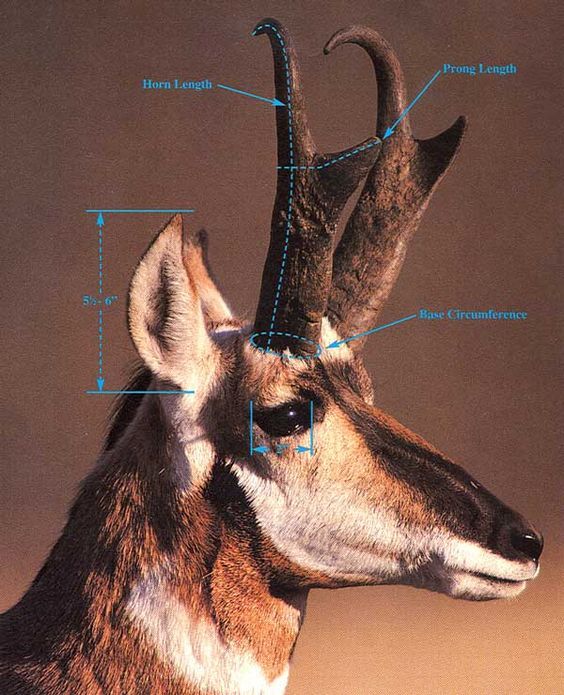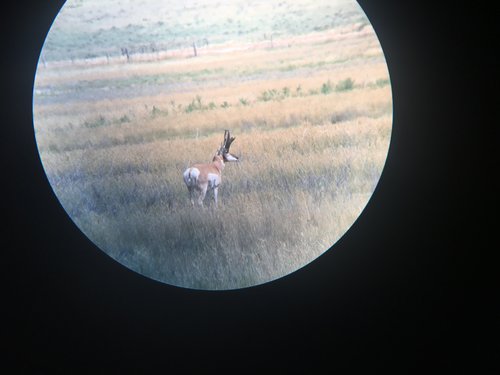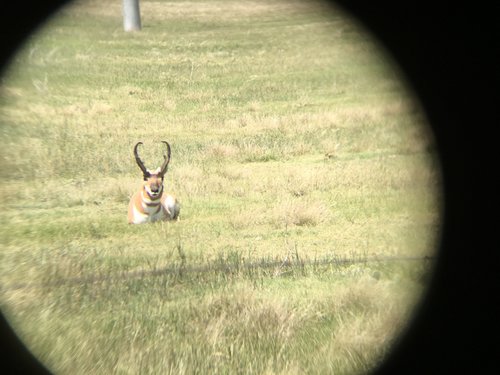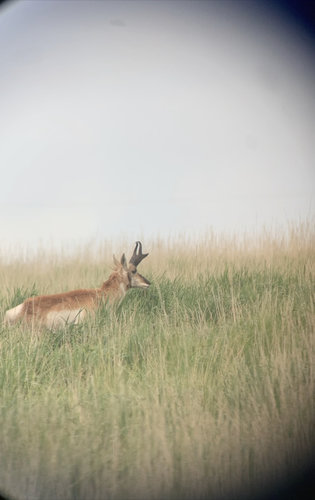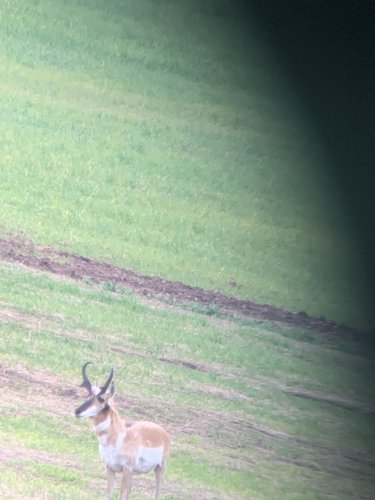A buddy and I are hoping to draw our first NR WY pronghorn tags this year (thanks to those who responded to PM's about a couple of units we were considering). I hunted pronghorn for the first time this past season in Oregon and had a lot of fun (pic below). I didn't really do any research on field judging and though I had a ton of fun and am happy with my trophy (low 70's) I would really like to shoot an 80+" buck in Wyoming. I've been practicing field judging on Pronghorn Guide Service's website (love the score feedback) and have rewatched most (if not all) of Randy Newberg's pronghorn hunts. Of the three main scoring components, total length, mass, and prong length, I feel the least confident in estimating mass (from pics and videos of single bucks) which I know will be a very important factor to achieve my goal of an 80+" buck.
So my question is, what are some things you look for in determining good mass? Are there some typical measurements you use based on ears or eyes (or other) to estimate base width and thickness? Though this thread is specific to estimating mass, feel free to include some other field judging tips.
Thanks!
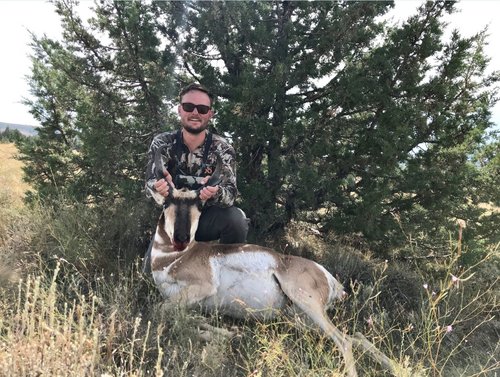
So my question is, what are some things you look for in determining good mass? Are there some typical measurements you use based on ears or eyes (or other) to estimate base width and thickness? Though this thread is specific to estimating mass, feel free to include some other field judging tips.
Thanks!

Last edited:




